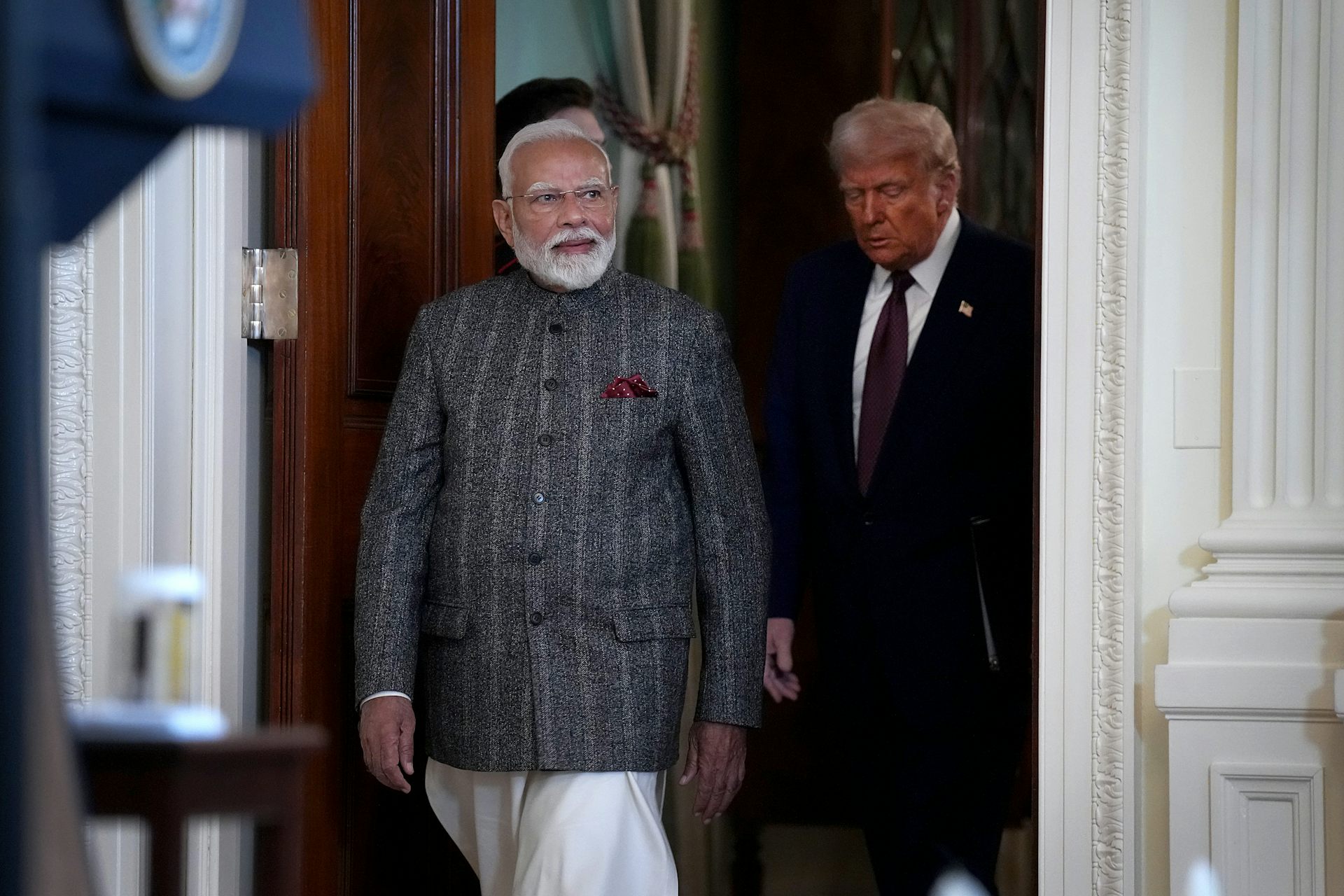Singles’ Day is a $150B holiday in China. Here’s why I think ‘11/11’ will catch on in the US
Singles are reshaping culture and commerce in Asia. A professor of marketing explains why the US could be next.
On Nov. 11 each year, a curious holiday takes over China. What began among Nanjing University students in the 1990s as a tongue-in-cheek counter to Valentine’s Day has exploded into the world’s largest shopping event: Singles’ Day.
The date, 11/11, was chosen because the four ones resemble “bare sticks,” Chinese slang for singles. Today, the holiday generates more than US$150 billion in annual sales, exceeding those on Black Friday and Amazon Prime Day combined.
As a bachelor, behavioral economist and business school professor, I study how single living is transforming consumer behavior and market dynamics. My work has convinced me that Singles’ Day, or something like it, could resonate far beyond Asia. Here’s why.
A profitable solo boom, starting in Asia
The unmarried will soon make up the majority in many countries, and this shift is already reshaping culture and commerce across Asia.
It’s not a coincidence that Singles’ Day emerged in China. The country’s one-child policy, in effect from 1980 to 2015, led many families to prefer sons – creating a gender imbalance that left millions of men without potential female partners. At the same time, rising education and career opportunities have given many women the independence to forgo traditional marriage altogether.
You can see a similar pattern across East Asia. In Japan, single-person households now outnumber those of married couples with children. In South Korea, one-person households reached nearly 36% in 2023, the highest share on record. Together, these shifts are fueling what Japanese call “ohitorisama,” or the “party of one,” and what Koreans describe as “honjok,” or “alone tribe,” cultures: movements that celebrate independence and self-reliance.
Businesses across Asia have seized the opportunity, catering to independent lifestyles with offerings such as single-seat karaoke booths and movie theaters designed for solo patrons. Singles’ Day is a prime example of companies capitalizing on this shift.
Each year, retailers across Asia embrace the occasion with themed promotions, presales and limited-edition product launches. Companies such as Xiaomi release exclusive smartphones, while Nike introduces new sneakers every Singles’ Day. Even airlines have joined in: Singapore’s Jetstar Asia once offered 111,111 discounted seats, positioning solo travel as an empowering experience.
Singles’ Day channels massive spending power – reframing singlehood as something to celebrate rather than lament – and shows how a retail event can feed a cultural shift. In the U.S. and across much of the rest of the world, meanwhile, businesses remain wed to an outdated assumption: that marriage is everyone’s destiny. It’s not.
Single in America
Right now, half of American adults are unmarried, and half of those singles aren’t seeking a relationship.
In 1960, only 10% of American adults would remain single for life. Today, some forecasts show that 25% of millennials, who are now between 29 and 44, and 33% of Gen Z who are 13 to 28, will never marry. While the average age of first marriage was just 21 in 1960, today it has risen to 29.
Through my Solo project – which includes a book, podcast and TED talk – I explore how widely single people’s goals vary, both in relationships and beyond.
By understanding singles’ diverse goals and lifestyles, American businesses can gain a competitive edge with targeted communication, innovative products and tailored services. Singles aren’t a monolith. My research identifies four main types:
“Somedays” aspire to find “the one” and settle down. They are the group businesses usually market to.
“Just Mays” share that goal but aren’t waiting around for it – they’re investing in homes, traveling solo and pursuing independent ambitions in the meantime.
“New Ways” reject the idea that traditional marriage is the default, experimenting with models such as “living apart together,” polyamory or platonic partnerships.
“No Ways” are opting out of the dating market entirely. Most do so not out of bitterness but because they have more important goals – or because they simply enjoy single life.
This diversity matters. “Somedays” may respond to dating apps and matchmaking services. “Just Mays” and “New Ways” gravitate toward experiences, hobbies and personal growth. “No Ways” are alienated by romance-centric messaging and instead embrace autonomy and community.
To explore how Singles’ Day might be received in North America, I surveyed nearly 400 U.S. singles ages 24 to 59. The most common ways they said they’d celebrate were by finding a date, treating themselves to a gift or practicing self-care.
American companies and the solo economy
In many industries, a 2% demographic shift ought to trigger an all-hands marketing meeting. So how can the decades-long rise of single living still go largely overlooked by most companies in the U.S.?
To be fair, there have been glimmers of recognition in recent years. For example, in 2021, Visible Wireless repositioned its “family plans” to “friends and family plans without the family drama.” In 2024, Norwegian Cruise Line introduced studio cabins for solo travelers, tackling the long-standing and dreaded “single supplement.” Similarly, IKEA, after offering a Valentine’s dinner only for couples in 2024, pivoted this year to an inclusive promotion: “Bring a loved one, a good friend, or the whole family.”
But those are the exceptions rather than the rule. What should U.S. brands do to appeal to this growing market? Here’s my advice:
Rethink assumptions about dating and belonging. Not all singles seek romance. Create meaningful nonromantic experiences that reflect solo lifestyles – singles-themed events, community nights or “bring-a-friend (or don’t)” offers.
Segment by goals, not just age. A 25-year-old solo traveler and a 60-year-old empty-nester may both respond to a message about independence.
Tailor offerings for people who live – and do things – alone. The “rightsizing” trend is already underway: smaller grocery packs, single-serve meal kits, compact appliances and studio-friendly furniture. Travel and entertainment can follow suit with solo pricing, seating and perks that don’t penalize independence.
I teach my business students to ask, “Is there a market?” and “Can we serve it profitably?” The answers here are obvious. Singles are everywhere. They’re dining alone, traveling solo, buying homes and spending billions. And yet they remain largely overlooked in a world built for two.
The rise of Singles’ Day in Asia shows what happens when businesses take singles seriously: consumer innovation, cultural relevance and record-breaking profits. I expect the U.S. will follow – whether reluctantly or enthusiastically. The only question in my mind is: When?
I have a book ("Solo: Building a Remarkable Life of Your Own") and a podcast ("Solo - The Single Person's Guide to a Remarkable Life") that are relevant to this article.
Read These Next
RFK Jr. wants to scrutinize the vaccine schedule – but its safety record is already decades long
Federal officials are questioning the safety of the vaccine series children receive. Here’s the story…
Rest is essential during the holidays, but it may mean getting active, not crashing on the couch
Unwinding can be hard during the holidays for many reasons. Building in time to recharge through active…
Trump tariffs and warming India-China ties have silenced the Quad partnership … for now
A summit between the leaders of the US, India, Japan and Australia was expected in November. But it…






